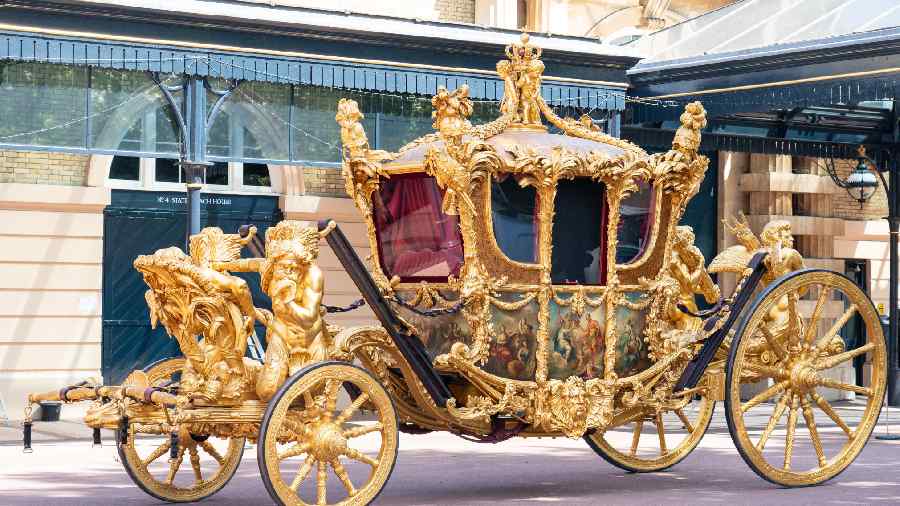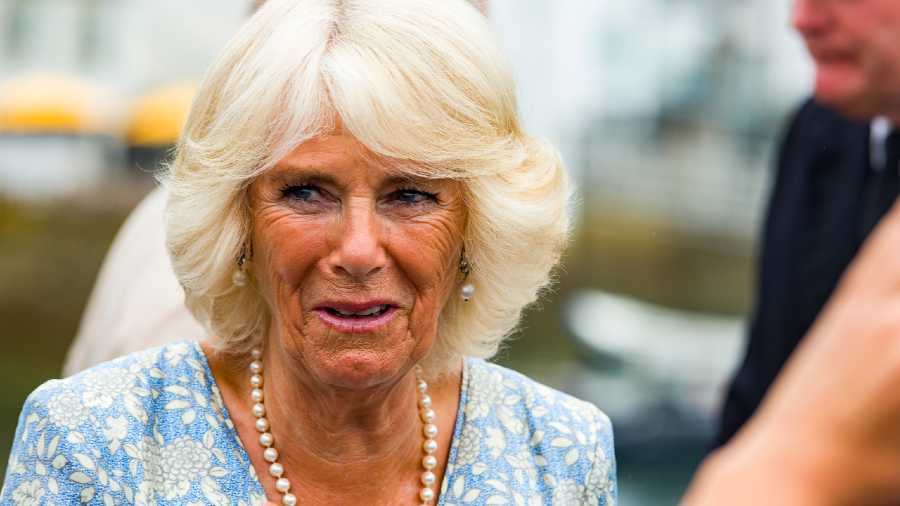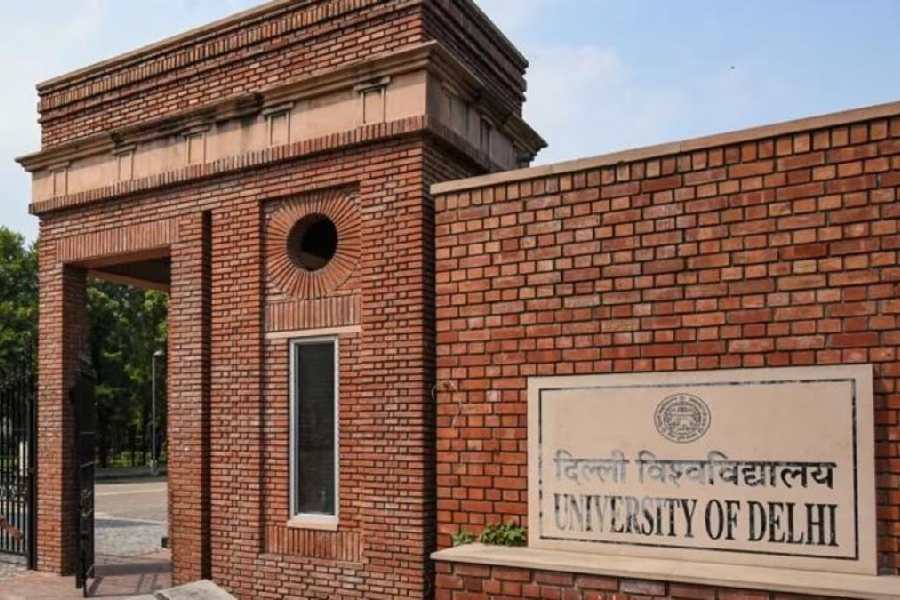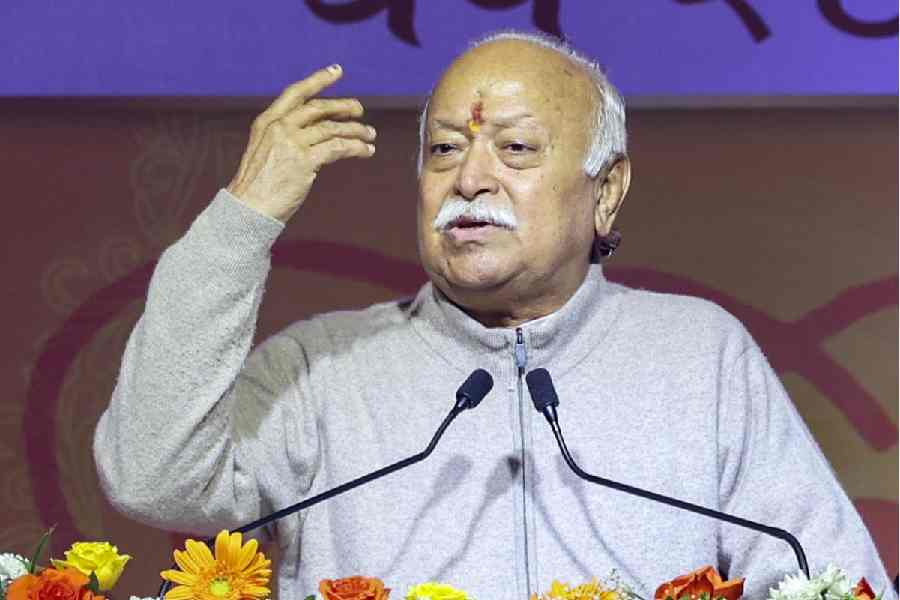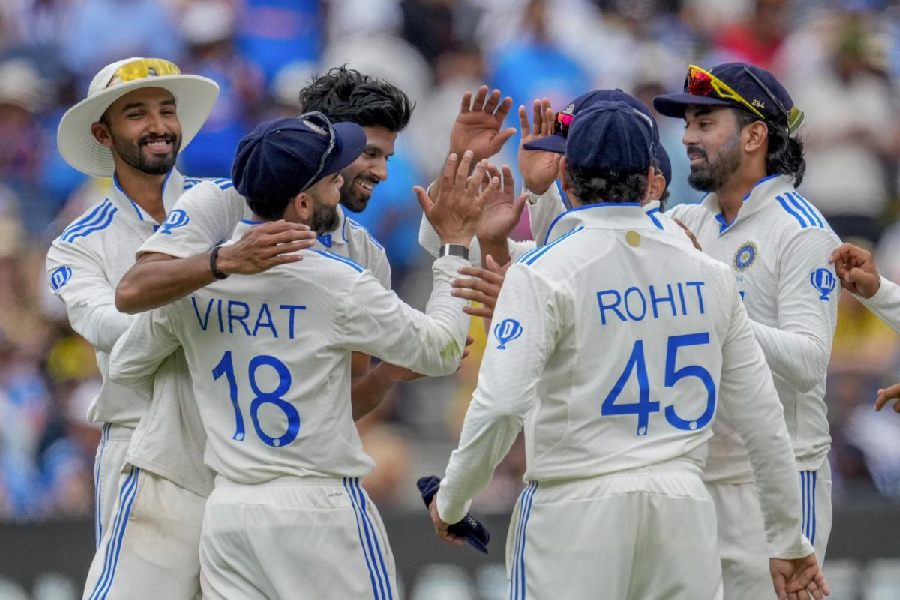A gilded air-conditioned horse-drawn carriage, a series of historic crown jewels and a brand-new emoji for social media to give a modern touch are among the details released by Buckingham Palace in London on Monday for the grand Coronation ceremony of King Charles III and Queen Camilla next month.
The 74-year-old monarch, who succeeded to the British throne after the passing of his mother Queen Elizabeth II in September last year, will be formally crowned at a solemn religious ceremony at Westminster Abbey in London on May 6.
It marks a 70-year gap since this royal tradition was last seen in action for the late Queen in 1953 and next month’s ceremony will include many of the same elements but also add modern-day touches chosen by Charles.
“On the morning of the 6th May, Their Majesties will travel from Buckingham Palace in The King’s Procession to Westminster Abbey in the Diamond Jubilee State Coach,” the palace said.
“Created for Queen Elizabeth II to commemorate the 60th anniversary of Her late Majesty’s reign in 2012, the coach has only ever conveyed the Sovereign, occasionally accompanied by the consort or a visiting Head of State," it said.
"The gilded crown on the top of the Diamond Jubilee State Coach was carved from oak from HMS Victory, and the coach’s interior is inlaid with samples of woods, metals and other materials from buildings and places with specific connections to Britain and its history,” it said.
This horse-drawn carriage is the far more comfortable one of the two to feature in the two-way procession, including air-conditioning and shock absorbers. The less comfortable royal carriage, the Gold State Coach, will be used for the shorter return journey from the Abbey to the palace.
“The coach, last seen during the Pageant of the Platinum Jubilee of Queen Elizabeth II in June 2022, was commissioned in 1760 and was first used by King George III, to travel to the State Opening of Parliament in 1762," the palace said.
"The coach has been used at every Coronation since that of William IV in 1831. The coach will be drawn by eight Windsor Greys and, due to its weight of four tonnes, will travel at walking pace,” it said.
Once back at the palace, the newly crowned King and Queen will receive a Royal Salute from the United Kingdom and Commonwealth Armed Forces who would have been on parade that day.
The Royal Salute will be followed by three cheers from the assembled service personnel, as a tribute from the Armed Forces.
The Coronation Regalia, the heart of the Crown Jewels which remain at the Tower of London for public display at all other times as a set of sacred and secular objects which symbolise the service and responsibilities of the monarch, are also being prepared for the grand ceremony.
“The Regalia has played a central role in Coronation Services for hundreds of years and, in keeping with tradition, will be used at Westminster Abbey on the 6th May. As part of the Royal Collection, the Regalia are held in trust by the monarch on behalf of the nation,” the palace said.
Two Maces, made of silver gilt over oak, date between 1660 and 1695 and are the ceremonial emblems of authority which are carried before the Sovereign at events such as the State Opening of Parliament.
Also carried before the Sovereign on formal occasions is the Sword of State, symbolising Royal authority, a steel blade with a silver-gilt hilt, enclosed in a wooden scabbard which is covered in velvet.
Three further swords will be used during the Coronation Procession at Westminster Abbey – the Sword of Temporal Justice, signifying the monarch’s role as Head of the Armed Forces, the Sword of Spiritual Justice, signifying the monarch as Defender of the Faith, and the Sword of Mercy or Curtana, which has a blunted tip, symbolising the Sovereign’s mercy.
The swords were first used at the Coronation of King Charles I in 1626, and the steel blades date back to the 16th century, the palace revealed.
The silver-gilt Coronation Spoon is the oldest object in use at Coronations, having been first recorded in 1349, it added.
Meanwhile, the Sovereign’s Ring is composed of a sapphire with a ruby cross set in diamonds. Two Sovereign’s Sceptres will also be used – the Sovereign’s Sceptre with Cross representing the sovereign's temporal power and the Sovereign’s Sceptre with Dove representing the Sovereign’s spiritual role, with the enamelled dove with outspread wings representing the Holy Ghost.
The Queen Consort’s Ring, for Camilla, is a ruby in a gold setting and was made for the Coronation of King William IV and Queen Adelaide in 1831.
Meanwhile, the new emoji launched by the palace to mark the Coronation is based on the St. Edward’s Crown to be used as the new King's crown and will appear on Twitter when hashtags such as #Coronation or #CoronationWeekend are used.
Over the weekend, it was announced that among the 2,000 guests at the Abbey will be 850 representatives of charity and community groups as well as British Empire Medal (BEM) winners.
Indian-origin chef and BEM winner Manju Malhi, who works with a senior citizens charity in the UK, will be among this group specially invited by the royal couple alongside worldwide royalty and Heads of State.
Except for the headline, this story has not been edited by The Telegraph Online staff and has been published from a syndicated feed.

